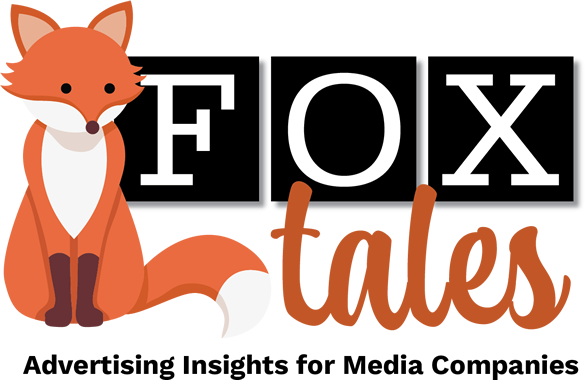U.S ad spending in publishing brands declining over the last few years and the global story is similar, according to a new report from the advertising and media analytics firm WARC.
WARC’s Global Advertising Report, “Media Models In Flux,” projects global ad spending in publishing media will fall by 7.7% in 2023. In addition, according to the report, print advertising revenue has declined precipitously from 2016 to 2022, from $75.9 billion to $37.3 billion last year.
As a point of comparison, Amazon’s ad revenue, at $37.7 billion, exceeds the total for print advertising across an entire industry. Even more stark is the ad performance in 2022 for Meta ($113 billion), and Google ($224.4 billion.)
It all adds up to a provocative conclusion, according to WARC: Not only is the media model in flux, but the traditional media model is unsustainable. “The reality of the publishing industry is that you really cannot have an original content model that is mostly or solely reliant on display advertising revenue,” said Brian Morrissey, a media analyst and founder of the Rebooting, who is quoted in the report.
The report points to the examples of digital media brands like BuzzFeed, Vice and Vox Media, which were said to have discovered a new and viable ad-based model based that eliminated the need for expensive print publishing and other costs. It hasn’t worked out. Layoffs and sharp declines in valuations have become regular elements of those businesses.
The result has been the emergence of a period of flux, with the notion of what constitutes a media owner and where ad spending can occur changing fast and dramatically. “The decades-old relationship between content, audiences and advertising is being eroded by data-rich performance channels like retail media,” the report states. “Who needs content if you have a large user base and vast quantities of deterministic first-party data?”
Netflix and Spotify are two businesses that see advertising as an avenue for growth and for insulating against softness in the subscription economy, the report states. And successful content brands are often those that have strong subscription and membership bases in addition to advertising, according to the report. It cites the New York Times, Axios, and Politico as examples.
The conclusion? “I don’t see how publishers that need to pay to create original content can compete in the world where you literally can’t escape from advertising on all kinds of surfaces,” said Morrissey, again in a quote from the report.
